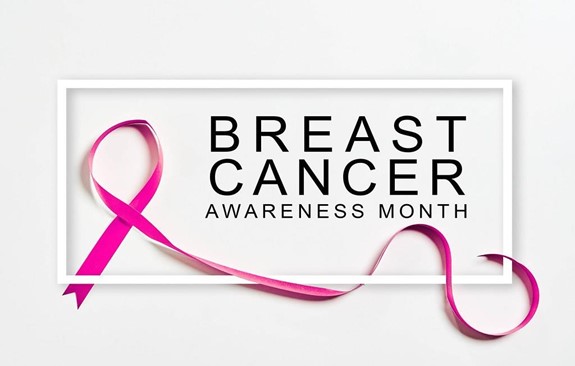
October is not just the month of falling leaves and Halloween; it’s also a month that shines a spotlight on a serious health concern affecting millions of lives globally—breast cancer. October is Breast Cancer Awareness Month, a campaign that aims to spread information and offer support to those affected by this disease. The signature pink ribbons that appear on lapels, storefronts, and social media profiles serve as an emblem of unity, hope, and a commitment to finding a cure.
Why October?
The Breast Cancer Awareness Month campaign was started in 1985 to increase awareness and promote mammography as the most effective means of early detection. While we’ve come a long way in research, diagnosis, and treatment, the battle is far from over. Dedicating a month to intensive awareness-raising has multiple objectives, from encouraging preventative screenings to fundraising for continued research.
Stark Statistics
The numbers are sobering: In the United States alone, it is estimated that more than 280,000 women and approximately 2,650 men will be diagnosed with invasive breast cancer in 2023. Globally, breast cancer is the most common cancer among women. While the statistics are grim, there’s hope in numbers too; the survival rates for breast cancer have been steadily improving, thanks to early detection and better treatment options.
The Importance of Early Detection
One of the core messages emphasized during Breast Cancer Awareness Month is that early detection can save lives. Routine screenings and mammograms can often detect tumors before they become palpable and are more likely to be treated successfully. While self-examinations are not a substitute for clinical tests, they still serve as a proactive way for individuals to take charge of their health.
The American Cancer Society (ACS) had issued the following guidelines for breast cancer screening with mammograms for women at average risk:
- Women between ages 40 to 44: Have the option to start screening with a mammogram every year.
- Women between ages 45 to 54: Should get mammograms every year.
- Women 55 and older: Can switch to a mammogram every other year or continue yearly mammography. Screening should continue as long as a woman is in good health and is expected to live at least 10 more years.
- All Women: Should be familiar with the potential benefits, limitations, and potential harms linked to breast cancer screening.
The ACS also emphasizes the importance of talking to a healthcare provider about one’s personal risk factors, the benefits, and limitations of screening mammograms, and what screening strategy is right for them.
It’s important to note that guidelines can change as new research becomes available, and recommendations might vary depending on the source.
Therefore, it’s always a good idea to refer to the American Cancer Society’s official website or consult with a healthcare professional for the most up-to-date and personalized recommendations.
Encouraging Conversations
Part of what makes Breast Cancer Awareness Month so impactful is the conversation it sparks. Discussions about the disease, who it affects, and how to prevent it become a part of the public narrative. This helps in removing the stigma surrounding breast cancer and encourages more people to seek information and support.
Emotional and Social Support
Cancer is not just a physical disease; it has profound emotional and psychological ramifications. A robust support system, including friends, family, and cancer support groups, can help manage the mental and emotional strains that come with a diagnosis and treatment. Organizations such as the Susan G. Komen Foundation, American Cancer Society, and various local organizations offer resources, including hotlines, counselling, and community events.
Fundraising for a Cure
October is a peak month for breast cancer-related fundraisers. From charity runs to bake sales and pink merchandise, fundraising events offer an opportunity for people to contribute to ongoing research, which is instrumental in finding more effective treatments and, hopefully, a cure.
Empowering Everyone
While breast cancer predominantly affects women, it’s crucial to remember that men can also be affected. Also, breast cancer knows no age or race; it can affect anyone. The inclusivity of the campaign makes it incredibly impactful, serving as a reminder that cancer affects us all, directly, or indirectly.
The month of October is an opportunity for each of us to contribute in some way to the fight against breast cancer. Whether you choose to donate, participate in a charity event, or simply wear a pink ribbon, your involvement makes a difference. Through education, early detection, and research, we move closer to a world where breast cancer can be conquered once and for all.
National Breast Cancer Foundation: nationalbreastcancer.org
American Breast Cancer Foundation: abcf.org
Breast Cancer Foundation – Susan G Komen: komen.org
Breast Cancer Research Foundation – BCRF: www.bcrf.org
